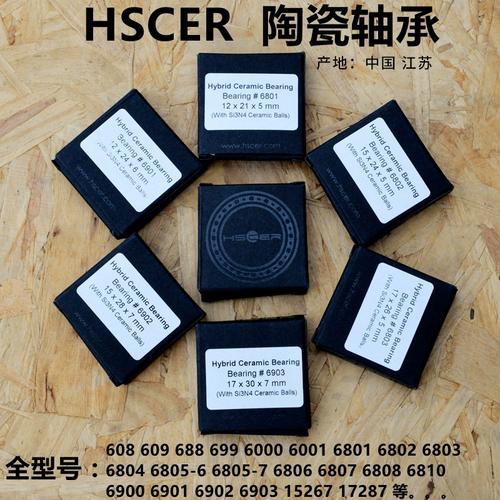Full Ceramic Ball Bearings: The Ultimate Guide for Industrial Applications
# Full Ceramic Ball Bearings: The Ultimate Guide for Industrial Applications
## Introduction
Full ceramic ball bearings represent a revolutionary advancement in precision engineering. These bearings utilize **zirconia or silicon nitride ceramic balls** paired with ceramic races, delivering unmatched performance in extreme environments. Unlike traditional steel bearings, they eliminate metallic contamination risks while offering superior corrosion and heat resistance.
With industries like pharmaceuticals and chemical processing demanding sterile, non-reactive components, full ceramic variants have seen **17% annual market growth** since 2020. Analysts project the global ceramic bearings market will reach $1.8 billion by 2025 (Grand View Research). How can businesses select optimal full ceramic ball bearings for their operational needs?

keyword:custom ceramic ball bearings




 13869596835
13869596835